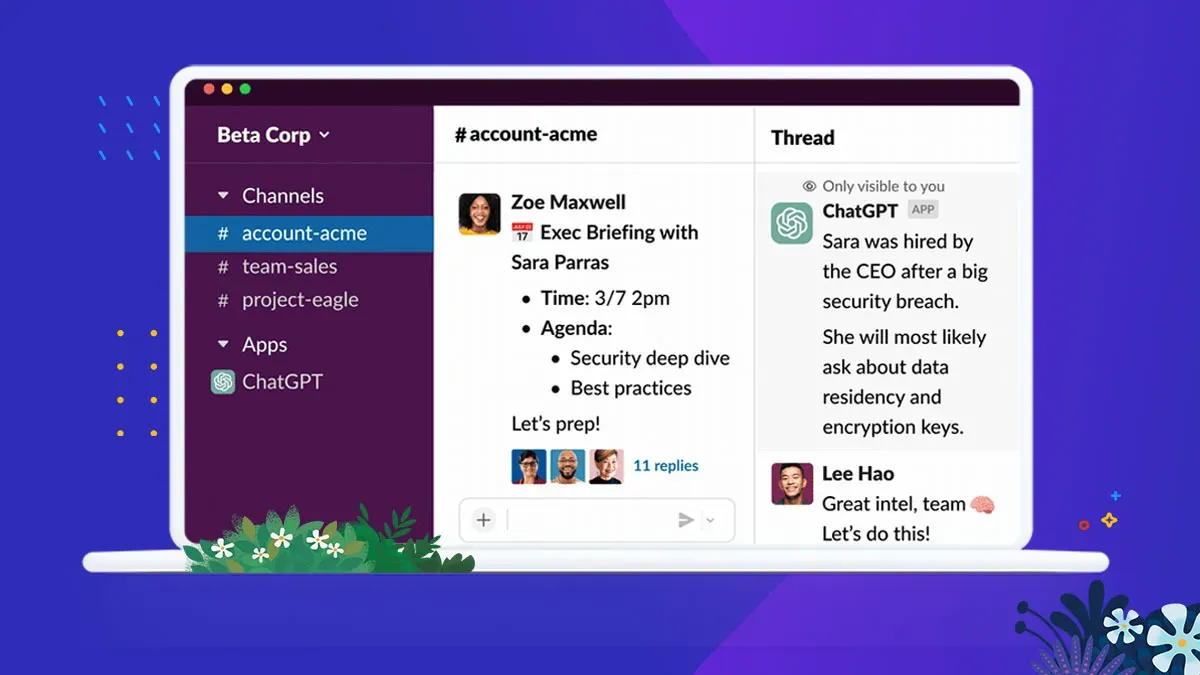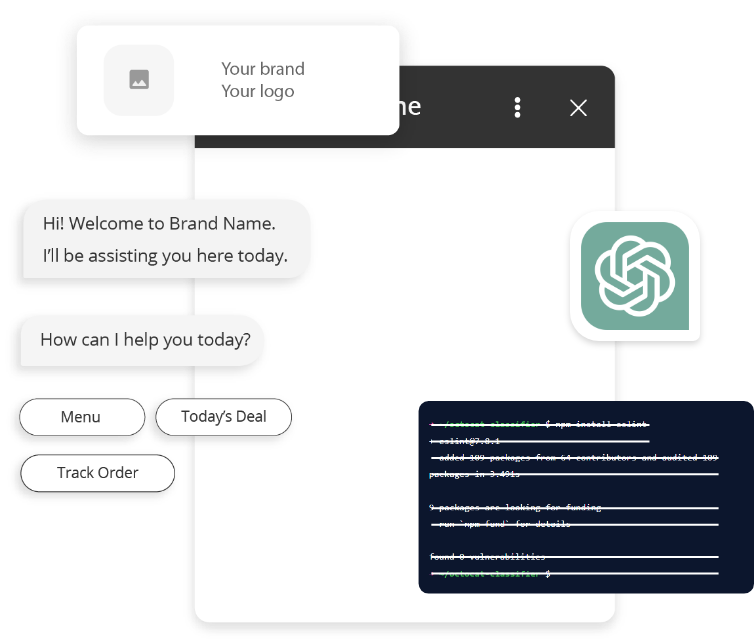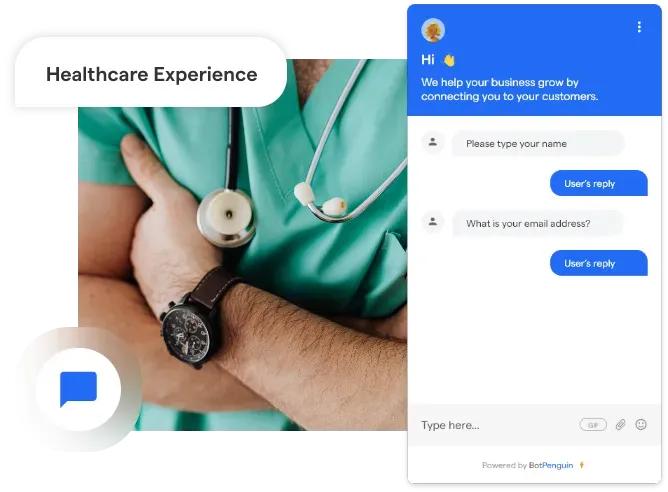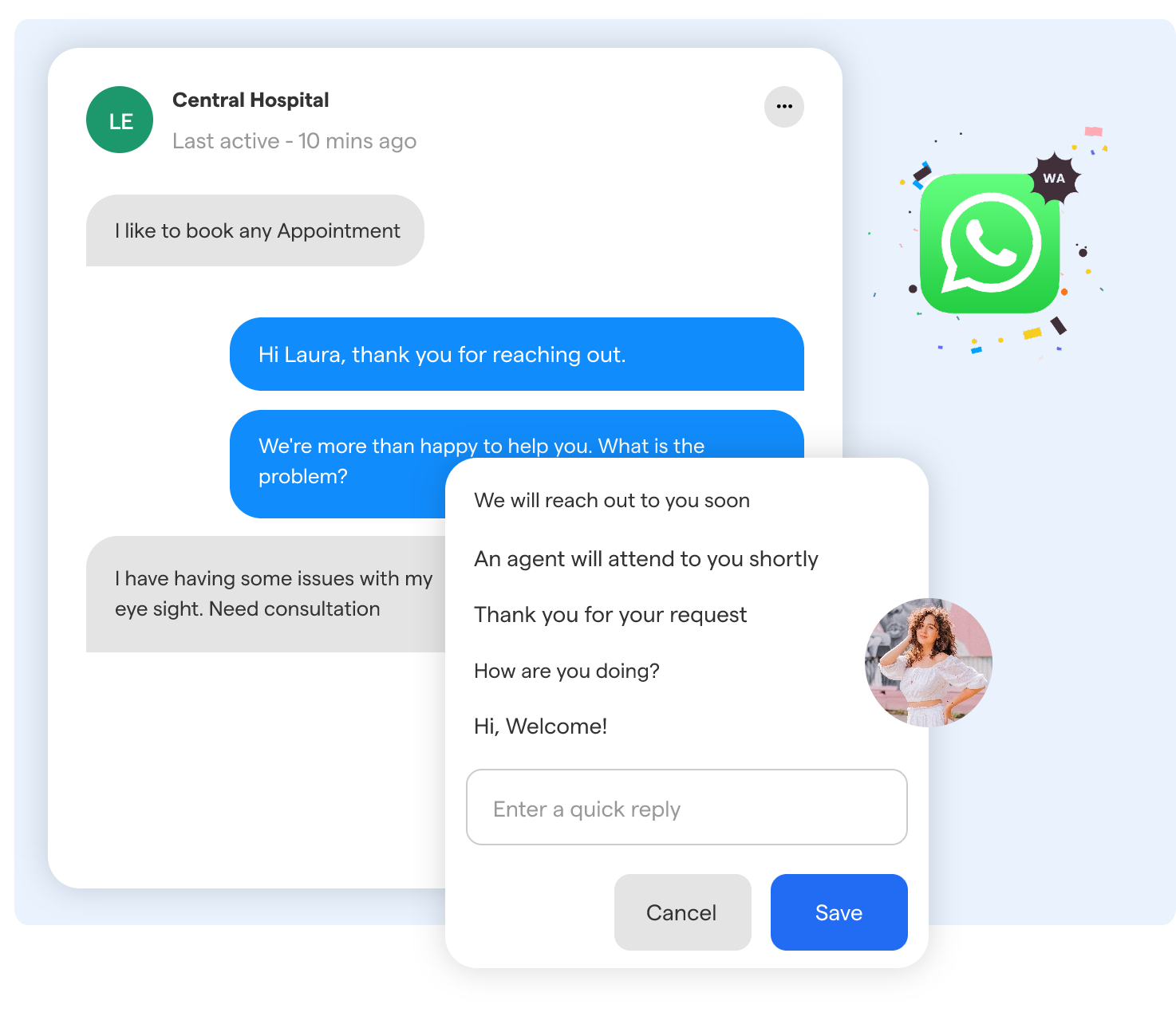Robots in hospitals? It sounds like a sci-fi dream. Yet, here we are, not with robots roaming the halls, but with AI infused into the very fabric of healthcare. It's a subtle infiltration, one that's reshaping care without the drama of clanking metal feet.
This isn't about machines taking over. It's about support. Imagine a tool so integrated into daily tasks that it becomes indispensable, yet remains almost invisible. That's where ChatGPT enters the scene, blending seamlessly with the healthcare system's daily rhythms.
ChatGPT's role is complex. On the surface, it assists with scheduling and data management, but dig a little deeper, and it's clear its contribution is much more profound. It's redefining the interaction between technology and human care, making healthcare more accessible and efficient.
So, as we pull back the curtain on this guide, remember: what might seem like a leap into the future is actually a step into a present where AI and healthcare walk hand in hand. Let's explore how this partnership is unfolding, one task at a time.
Understanding ChatGPT
ChatGPT is a tool developed by OpenAI that can understand and respond to human language. Picture it as a robot that can chat with you. It's built using a large amount of text from the internet, which teaches it how to answer your questions.

The way ChatGPT works is pretty simple. It looks at the words you give it and uses patterns it has learned to come up with a useful reply. It's like when you learn to catch a ball, by trying over and over – ChatGPT has practiced with lots of sentences to get good at knowing what to say next.
ChatGPT has some big pluses for healthcare. It's quick, never gets tired, and can pull up a huge amount of information in seconds. Because it remembers what it has learned, it can keep getting better over time. That means it can help doctors and nurses by doing some of the talking and typing for them, which saves time.
In healthcare, being clear and correct is key. ChatGPT keeps this in mind and is designed to be accurate. But it's still a machine. That's why it's used as a helper, not the one making the final calls. There's always a real person checking its work.
And ChatGPT is always ready to learn. If something changes or there's new info, it can take that in and use it right away. This is great for healthcare, where the latest information can be really important.
Advantages of Using ChatGPT in Healthcare
Using ChatGPT in healthcare can bring a lot of benefits. It's like adding a super-smart assistant to the team who works 24/7 and never needs a break. Let's dive into how it can really make a difference.

At its core, ChatGPT streamlines tasks that eat up a lot of time. This time can be better spent directly helping patients. Plus, it's not just about doing work faster. It can also help in improving the accuracy of tasks, which boosts overall healthcare quality.
Now that you know why it's worth considering, let's get into specifics. Here's what using ChatGPT can bring to the table:
- Speeding things up. Routine tasks can slow down healthcare. ChatGPT can take care of many of these all at once, freeing up people so they can help patients directly. It can also reply to patient queries in a jiffy, giving instant help.
- Staying on top of data. ChatGPT can be a great tool for managing medical records. It can pull up the right data when you need it, or put it in order when you have a lot to keep track of.
- Putting patients first. ChatGPT can communicate with patients about simple stuff like appointment details and recovering at home. It's not replacing a doctor, but the extra help can lead to happier and healthier patients.
- Being a language bridge. ChatGPT can translate medical language into everyday words. This can help patients understand their own health, and keep them involved in their care.
- Making healthcare more personal. Because ChatGPT can handle big loads of data, it can help tailor healthcare to each patient. This can be about tracking health changes, or about helping make the right kind of plans for the future.
- Learning and improving. One of the best parts about ChatGPT is it can learn from its experiences so it can improve even more. This means that the more it is used, the better it becomes. This kind of progressive learning can make healthcare services even more helpful, day by day.
ChatGPT can really pull its weight in healthcare. It can make a lot of tasks easier, faster, and more accurate, and help everybody stay focused on what's important – patient health. As time goes by and ChatGPT gets even better, it's exciting to think about the possibilities.
Real-world Applications of ChatGPT in Healthcare Systems
In healthcare, time is everything. Every minute counts, both for the patients and the professionals caring for them. This is where ChatGPT steps in, offering a set of helping hands through artificial intelligence. It’s like having an extra member on the team, ready to take on a variety of tasks, making healthcare a bit easier for everyone involved.

ChatGPT in healthcare isn’t about future tech that’s years away. It’s here, right now, making a difference every day. From organizing patient data to having heart-to-heart chats, this tool is reshaping how care is given and received. It’s about making the healthcare experience smoother for patients and less stressful for providers.
So, let’s dive into some of the real-world applications of ChatGPT in healthcare systems, focusing on four key areas where it's making a significant impact.
Supporting Chronic Disease Management
Managing a chronic condition isn’t easy. It can feel like a full-time job keeping track of medications, symptoms, and appointments. ChatGPT can lighten this load by sending reminders to patients to take their medication or measure their blood sugar levels.
But it’s not just about reminders. ChatGPT can also provide educational content tailored to the patient's condition, helping them understand and manage their health better.
For healthcare providers, this continuous engagement means they can monitor a patient's condition more closely and intervene if necessary, all without the patient stepping into the clinic.
Suggested reading:How ChatGPT can be useful in Healthcare systems?
Enhancing Patient Records Management
The backbone of good healthcare is accurate and accessible patient records. ChatGPT makes this easier by helping to organize and process patient information. It can scan through vast amounts of data to update patient records, ensuring that every visit, diagnosis, and treatment is logged correctly.
This automation cuts down on human error and frees up healthcare workers to focus on their patients rather than paperwork. Plus, with ChatGPT, pulling up a patient’s history becomes a task of seconds, not minutes, making every consultation more informed.
Providing Mental Health Support
One of the most promising areas for ChatGPT is in mental health support. It offers a judgment-free zone for people to talk about their feelings, ask questions, or simply vent. ChatGPT can guide individuals through mindfulness exercises or suggest coping strategies until they can get professional help.
The constant availability of this service means that late at night or at any moment of crisis, individuals have somewhere to turn. While it’s not a substitute for professional care, it’s an accessible first step for many who might be hesitant to seek help.
Suggested reading:How ChatGPT can be useful in Healthcare systems?
Streamlining Appointment Scheduling
Ever tried calling a doctor’s office just for a simple appointment? It often involves a lot of waiting and back-and-forth. Enter ChatGPT. It helps patients schedule, change, or cancel their appointments without the need for a human at the other end of the line.

This works because ChatGPT can check the healthcare provider’s calendar in real-time and offer available slots to patients. No more phone tag, just a straightforward conversation with an AI that’s always available, day or night.
Challenges and Limitations of ChatGPT in Healthcare
ChatGPT is doing some pretty cool stuff in healthcare, but it's not perfect. Like anything new, there are bumps in the road. It's great at lots of tasks but there are areas where it needs to tread carefully, especially in healthcare.
Healthcare is complex. It's not just about data and tasks. It's about people. So, when we bring ChatGPT into the mix, we need to remember its limitations. It's important to know where it shines and where it doesn't quite fit yet.
Suggested reading:
How ChatGPT can be useful in Healthcare systems?
Here are some challenges and limitations:
- Privacy and Security: Keeping patient info safe is a big deal. ChatGPT needs to be extra secure to protect this data.
- Accuracy: Sometimes, ChatGPT might get things wrong. This can be risky in healthcare where the right info can save lives.
- Lack of Human Touch: ChatGPT can't provide the warmth and understanding of a real human. For many patients, this personal touch is crucial.
- Regulatory Hurdles: Healthcare laws are strict. ChatGPT has to meet these standards, which isn’t always easy or fast.
So, while ChatGPT is changing the game, there's still a lot to figure out. It's a helper, not a hero, and needs to work within its limits.
Conclusion
So there you have it. As we've discovered, ChatGPT is like an extra pair of hands in healthcare, lending support where it's most needed. It's helping to save time, streamline tasks, and even offer a listening ear. It's not perfect, but it's a step towards a more efficient healthcare system.
At the same time, we shouldn't forget the challenges. The hurdles around accuracy, empathy, and privacy aren't small. But by keeping these in mind, we can use ChatGPT wisely, as a tool to assist, not replace, human care.
In the end, ChatGPT in healthcare goes to show how technology can give us not just smarter tools, but also a better way to help others. And isn’t that what healthcare is all about?
Frequently Asked Questions (FAQs)
Can ChatGPT diagnose diseases?
While ChatGPT can provide information based on symptoms, it's not a replacement for a doctor's expertise. Its role is more about support and education, not diagnosis.
How does ChatGPT handle multiple languages?
ChatGPT can communicate in multiple languages, making it a versatile tool for diverse patient populations. This feature enhances accessibility and understanding across different cultural backgrounds.
Is there a cost to using ChatGPT in healthcare?
The use of ChatGPT in healthcare settings can vary; some applications might be free, while others could involve a subscription or service fee, depending on the provider and services offered.
Can patients access ChatGPT directly?
Yes, patients can interact with ChatGPT directly in some healthcare applications, such as through hospital websites or health apps, for information, scheduling, or preliminary support.


